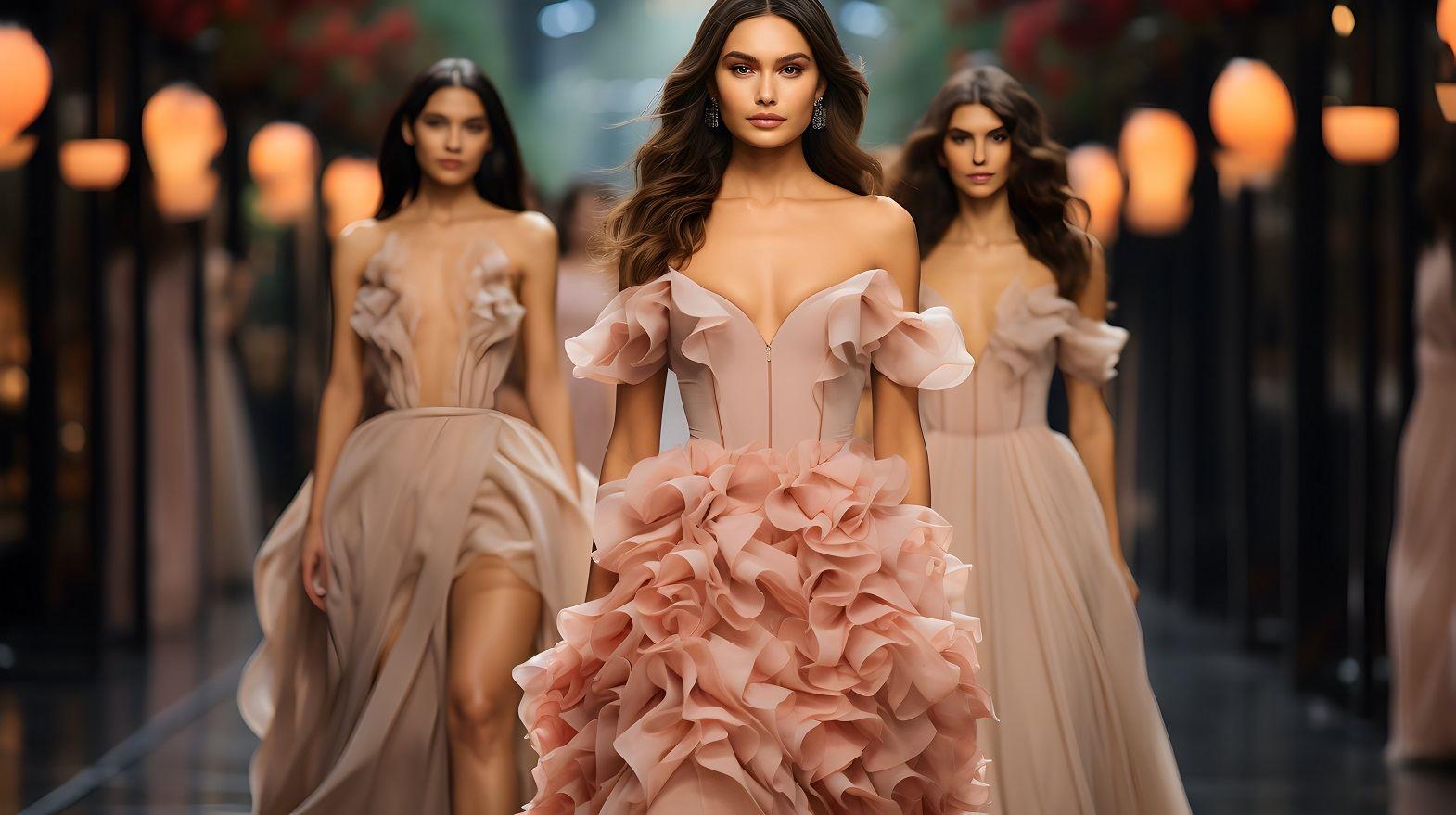Historical Background
The cage crinoline, the major fashion innovation for women in the1850s. During Romantic period, women used to wear Layers of petticoat, sometimes they are use up to six Layers of petticoat. The increasing width of womens skirts had ledto the use of more and more stiffened petticoat.
When the hoop skirts of the 18th century were revived to hold out these voluminous skirts, the editor of Peter sons Magazine hailed its revival in September,1859.This skirts look like a farthing ale. But at this time women started wearing farthing ale again. The farthing ale had changed, its name was called crinoline. This was made out of still. A crinoline is a light still framework covered with fabric to distend a skirt.
Womens Costume:
Some womans costumes are described in below:
- Undergarments:
- Day Time Dresses:
Some womans day time costumes are described in below:
Bodice:
Fabric: Silk, wool, cotton fabric are used.
Description: Bodice shaping was often achieved through curved seams in back, darts in front. Armholes were placed low on the arm. It is attached by button or hocks.
Neckline:
Fabric: Silk, wool, cotton fabric are used.
Description: Neck lines were high, without attached collars and usually finished in bias piping. Removable, washable collars (and cuff) were usually worn with daytime dresses.
Sleeves
Fabric: Silk, wool, cotton fabric are used.
Description: Most common sleeve styles they were use such as: bell-shaped, pagoda shaped, double-ruffles, close sleeve, mens coat sleeve etc.
Blouses
Fabric: Silk, wool, cotton fabric are used.
Description: Separate blouses were worn with skirts. The Red Garibaldi Blouse was especially popular in the 1860s.v
Skirts:
Fabric: Silk, wool, cotton fabric are used.
Description: In1860s skirts were pyramid shaped.
- Evening Dress:
Neckline:
Fabric: Different types of fabric are used.
Description: Different in dresses worn for evening. In the evening time they also wore daytime dresses. Most evening dresses had off the shoulder neckline, either straight across or with a dip at the center.
Sleeve:
Fabric: Different types of fabric are used.
Description: They use short sleeve, straight sleeve and sleeveless dress.
Skirts:
Fabric: Different types of fabric are used.
Description: Double skirts might have decorative effect created by looping or puffing up the outer layer. Skirts were trimmed with artificial flowers, ribbons, rosettes or lace.
- Outdoor Garments:
Sleeve: Sleeved, fitted and unfitted coats of varying lengths.
Mantle: A cloak-like garment worn mainly by women as fashionable outerwear. Three-quarter length coat fitted to waist in front, full at the back, with long loose sleeves.
Shawl-mantle: Loose cloak, reaching almost to the skirt hem.
Talma-mantle: Full cloak with tasseled hood or flat collar.
- Hair and Head Dress:
Hair:
Women generally parted their hair in the center and drew it over the ears smoothly or in waves or plaits back of the head.
Head coverings:
Small muslin "day caps" with long lappets or ribbons which were still worn by some older and married ladies. Hair nets, of colored silk snoods and bonnets, small hats, flat crowns continued to be worn.
- Foot Wears:
Stockings:
A stocking (also known as hose, especially in a historical context) is a close-fitting, variously elastic garment covering the foot and lower part of the leg. Stockings vary in color, design and transparency. These were made of cotton or silk, with white the preferred color, but colored and plaid stocking were also worn. These were made of cotton or silk, with white the preferred color, but colored and plaid stocking were also worn.
Shoes:
For daytime square toes, low heels, rosette trimming over the toes in some styles. Evening shoes were often colored to match the gown.
Boots:
Boots were cut to above the ankle and closed with lacing, buttons or with elastic sides.
- Accessories:
Gloves:
Generally gloves were short and fitted for daytime. In the 1860s gloves were long and elbow length, were worn with evening dress.
Cuffs:
A cuff is an extra layer of fabric at the lower edge of the sleeve of a garment covering the arms. They were wide cuffs.
Hand carried accessories:
Among the popular hand carried accessories were handkerchiefs, folding fans, small muffs, Mirror, parasol, Misers purse, decorative purse, etc.
Jewelry:
Bracelets, earrings, brooches (safetipin) and necklaces, stones, colored glass etc.
Cosmetics:
Use of homemade Cosmetics
This article was originally published in Textile learner blog run by Mazharul Islam Kiron.








Comments